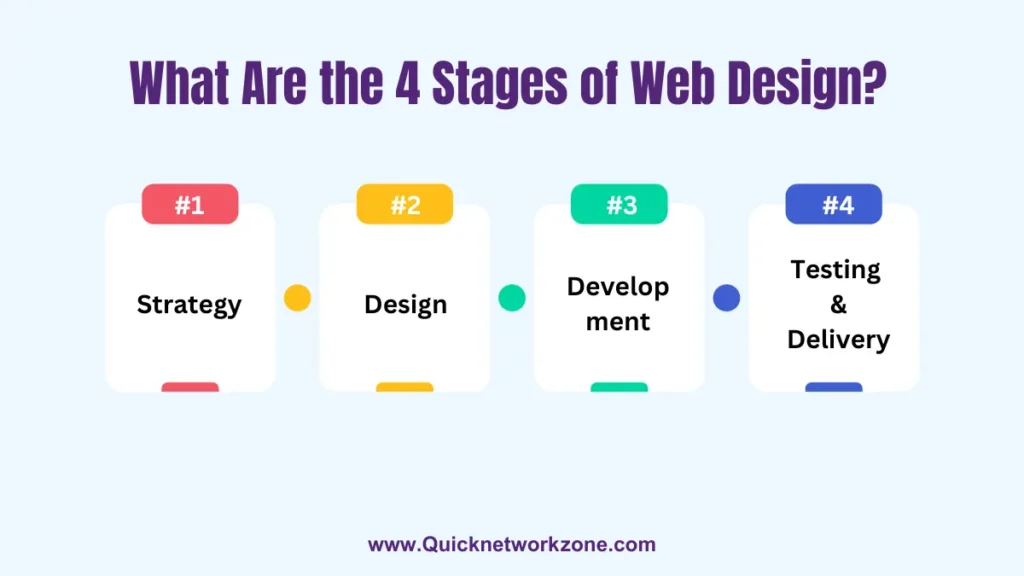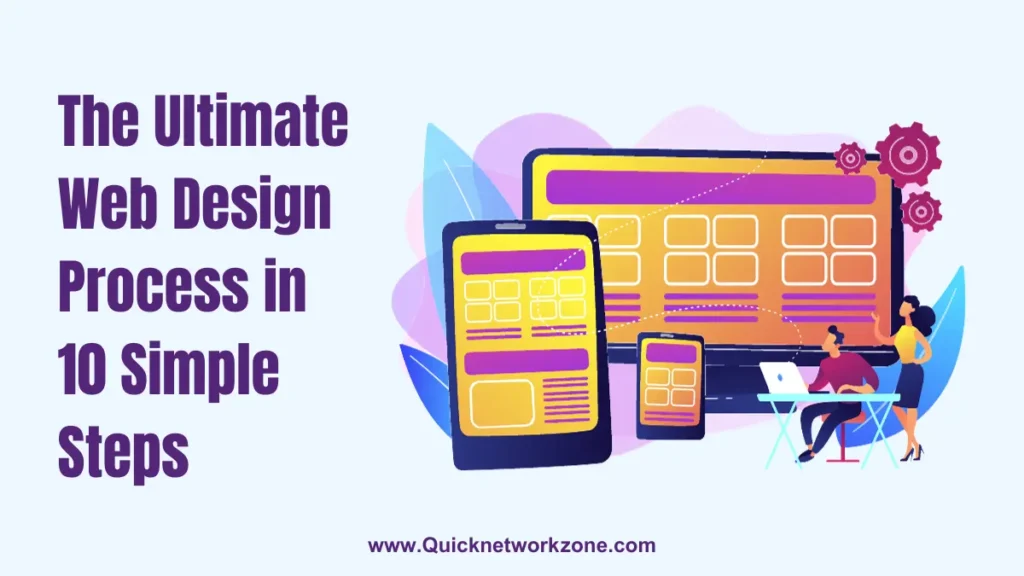Storytelling is an integral part of UX design. It involves using narrative elements like characters, plot, and emotional resonance to engage users and walk them through products or services. Storytelling promotes understanding by framing experiences around comprehendible stories. Techniques like crafting personas and user journeys humanize interactions, while elements like drama and conflict grab attention. Overall, UX storytelling aims to inspire action, forge connections, and make products more compelling through purposeful narratives.
Key Takeaways
- Storytelling in UX involves crafting compelling narratives to engage users and guide them through products or services.
- Well-executed UX storytelling promotes understanding, forges emotional connections, and inspires action.
- Effective stories have characters, plot points, and incorporate drama to build interest and momentum.
- Personas and user journeys are common UX storytelling tools that humanize the user experience.
- UX writers use storytelling techniques like scene-setting, conflict and resolution, and clarity over terminology.
Storytelling is the art of crafting purposeful, compelling narratives. In UX design, storytelling brings products and services to life by giving them context, characters, and emotional impact to genuinely engage users.
UX storytelling techniques promote understanding over confusion. They forge emotional resonance between consumers and brands. Most importantly, well-executed stories inspire action by convincing users their time is well spent.
This article will explore why storytelling matters in UX and how to use it effectively. Let’s examine storytelling’s role in UX, key elements of good stories, and methods for implementation.
Why Storytelling Matters in UX Design
Storytelling is crucial in UX because people are inherently wired to think in stories. A compelling narrative helps us envision solutions, build connections, and comprehend complexity. That’s why the most engaging brands lead with story over facts alone.
Here are four key reasons storytelling matters in UX design:
1. Stories Increase Comprehension
A narrative structure promotes understanding by framing abstract ideas into relatable plots. Stories impart complexity through palpable real-world metaphors. Rather than grapple with confusing features, a user follows an intuitive story thread.
2. Stories Forge Emotional Connections
Stories allow users to see themselves in product experiences, evoking empathy and emotional investment. Compelling stories spark feeling, while sterile transactions leave one cold. Good UX storytelling puts a believable, relatable human face on digital interactions.
3. Stories Set Expectations
By their nature, stories telegraph where things are headed. An effective opening scene limits disorientation by priming users for action. A coherent narrative arc cues next steps, while deviations from the script intentionally jar users to refocus attention.
4. Stories Inspire Action
Finally, stories inspire action by building momentum and stakes. A page-turner narrative moves the user ahead scene by scene. Culminating at a high point, the tale resolves with the user emerging satisfied after an invested journey. This immersive experience makes conversion more likely.
In summary, integrating strong storytelling principles in UX yields substantial dividends in comprehension, emotional resonance, structured expectations, and calls to action. Users better connect to accessible, engaging stories over bewildering features or sterile transactions alone.
Key Elements of Effective Storytelling
What are the vital ingredients of captivating stories? Whether in novels, films, or UX design, impactful narratives display core shared traits. These timeless story must-haves help UX designers craft more compelling product experiences:
👥 Characters
Relatable characters put a believable human face on interactions to build connection. Defined by goals and shaped by backstories, strong personas model target users for UX design processes.
🎭 Plot Points
Plot points structure the interactive journey to balance surprise and clarity. Scenes introduce challenges to resolve while signposting logical next steps to guide users ahead.
🌊 Momentum
Forward movement through escalating drama carries the audience’s attention. Plot tension builds curiosity while easing friction inspires persistence in reaching resolution.
🎆 Conflict
Obstacles create compelling drama. Barriers that intensify interest when overcome at climactic moments. Whether epic battles or tedious forms, resolving conflict satisfies.
Let’s dig deeper into implementing UX storytelling by exploring two powerful techniques: crafting personas and modeling user journeys. Both methods add tangibility to interactions by infusing empathy, logic, and momentum based on target users’ wants and needs.
UX Storytelling Technique 1: Persona Development
“If you want a user to walk in someone else’s shoes, get them talking.” -Indi Young, mental model pioneer
Personas condense customer research into fictional archetypes embodying target users’ goals and behaviors. Well-executed personas add vivid real-world specificity to guide design decisions. They also build stakeholder buy-in by giving a relatable human face to abstract user groups.
Follow these tips when developing user personas:
📝 Set Key Attributes – Name/photo, gender, location, quote, role, values, behaviors
🎯 Identify Goals – Grounded aspirations reflecting research to set context
🖥️ Map Touchpoints – Detail multi-channel interactions across devices/platforms
📈 Segment and Prioritize – Create primary, secondary, provisional personas
💬 Make Them Speak – Give direct quotes to vocalize reactions/mindsets
👥 Get Buy-in – Socialize personas to secure executive sponsorship
By characterizing target users via authentic backstories and aspirational goals, relatable personas raise stakeholder empathy. With lightweight yet vivid personas established, designers gain shorthand references to inject humanity into interactions from first sketches forward.
“Personas are fictional, but the knowledge about target users’ behaviors and contexts they represent is very real – and very actionable.”
UX Storytelling Technique 2: User Journey Mapping
UX storytelling often manifests through user journey maps that trace step-by-step interactions across platforms and channels to reach outcomes. User journey mapping adds crucial narrative elements highlighted earlier like characters, climactic plot points, momentum, and conflict resolution.
Here’s an outline of effective UX user journey mapping practices:
🗺 Set the Stage – Frame the specific scenario – is it first-time signup? Account upgrade? Redeeming rewards? Defining the context grounds the narrative.
👥 Cast the Lead – Identify relevant user personas to inject specificity on wants, needs and pain points when taking this journey.
📅 Plot the Timeline – Map each step sequentially from trigger event to outcomes. Are there backtracks or skip-ahead options?
💡 Highlight Moments – Call out peaks of emotion – delight or frustrations to optimize. Is the pace rushing or dragging?
🔍 Identify Obstacles – Emphasize pain points impeding progress. Forms? Page loads? Comprehension? Pinpoint problem patterns.
📈 Prioritize Actions – Rank severity of pain point intensity and frequency. Relate potential gains per ease of resolving.
🎯 Define Optimization Opportunities – Brainstorm solutions per priority area. Quick wins to long game re-architecture options.
User journey mapping builds effective stories that speak to decision-maker logic through timeline modelling and persona wants/needs in emotional resonance. Well-crafted user journeys reveal obstacles and opportunities to inspire action across stakeholders.
“By walking through experiential narratives together step-by-step, user journey mapping builds buy-in for bolder innovation.”
Storytelling Techniques and Tips for UX Writers
Thus far we’ve covered why storytelling adds value in UX and key frameworks like personas and journey mapping to build narratives grounded in user wants, contexts, obstacles and actions. Now let’s explore specialized storytelling tips for UX writers translating research into interfaces, microcopy and product messaging.
Set the Scene
Whether a welcome overlay or error prompt, establish context upfront through concise scene-setting. Bake crucial details into opening sentences to limit disorientation.
❌ Confusing: Your request cannot be processed at this time. Please return to the homepage and retry.
✅ Clear: Sorry your payment didn’t go through. Let’s confirm your billing details to process your $29 order for the Acme mobile app subscription.
Spotlight Characters
Relatable stories hinge on characters. Infuse interfaces and instructions with actor specificity to boost clarity and connection over vagueness.
❌ Vague: Users must confirm email addresses before accessing video tutorials.
✅ Specific: To finish signing up Alex, please click the confirmation link emailed to alexg@mail.com before viewing video lessons.
Mind the Plot
Well-structured narratives cue next steps while building action momentum. Guide users ahead with logic cues over arbitrary directions.
❌ Abstract: Error noted. Retry or contact administrator.
✅ Purposeful: Hmm, your password reset link expired before you clicked it. No worries – we just emailed you a fresh one to use in the next hour.
Raise the Stakes
Heighten interest by revealing tangible user benefits, risks or losses at stake to motivate action.
❌ Missed Opportunity: Please save your cart before closing the browser.
✅ Urgent Specifics: Heads up! You have $125 of gifts saved in your cart for Emma’s birthday. Create an account now so we can hold your cart for later.
Resolve Conflict
Spotlight obstacles, but focus solutions on overcoming them through helper characters, logical workarounds and reduced steps to resolution.
❌ Unresolved Error: Transaction incomplete. Reset form fields to try again.
✅ Conflict Resolution: Oops – the payment didn’t process fully before you switched pages, Jill. For convenience, we’ve saved your details to retry submitting this $22 order in just one click when you return.
Purposeful UX storytelling removes friction through believable characters, clear momentum, framed expectations, and empathy for user struggles. With foundations established via personas and journey modelling, specialized copywriting and microcopy techniques further humanize digital products through narrative craft.
Inspiring Action Through UX Storytelling
Well-executed UX storytelling transports users on an emotionally resonant journey framed around their wants, obstacles, and satisfactions. Savvy UX designers shape processes and interfaces through the lenses of key story ingredients highlighted here like characters, plots, conflict and momentum.
Surprise and delight moments sprinkle magic amid the journey, while clear calls-to-action channel users to progress toward conversions or advocacies. For all of its human benefits, compelling UX storytelling ultimately inspires action by persuasively answering the fundamental user question: “What’s in this for me?”
Indeed, the most compelling stories spark movements by resonantly addressing urgent needs or latent desires held dear. By walking in users’ shoes to craft empathetic narratives built on authentic goals and contexts, UX designers exchange confusion for comprehension – and better still, convert interest into action through strategic storytelling across the product experience.
Frequently Asked Questions (FAQ)
Still have questions about UX storytelling concepts or implementation? Below are answers to common questions for a deeper understanding:
What are examples of UX storytelling?
- Personas bringing user archetypes to life through backstories and quotes
- Welcome overlays framing the product experience from the opening scene
- Illustration sequences visually guiding complex workflows
- Error message helpers using characters and logic to resolve hiccups
- Microcopy and interface text focused on user benefits and overcoming obstacles
- Email flows with narrative threads personalized to user actions
How is UX writing different from other writing?
Unlike long-form writing, UX text focuses practical clarity over entertainment. Like storytelling, UX writing spotlights user wants, obstacles and resolutions. Yet conversion outcomes take priority over leisurely scene setting. Structure, precision and actionable momentum matter most.
How can you make UX writing more human?
Boost UX writing humanity through:
✅ Conversational yet clear tone
✅ Second person POV referencing “you”
✅ Relatable metaphors and pop culture references
✅ Wit and humor when appropriate
✅ Real user names and quotes
Should UX copy be short or long?
Find balance based on context. Lead with succinct headers and labels for scannability. Use concise opening sentences to frame purpose before elaborating concepts in 2-3 lines where helpful. Keyword density matters, but avoid unnatural repetition. Give lengthier background details their own space via links or accordions.
How is a UX storyboard different than prototypes or wireframes?
Storyboards visualize narrative flow over page schematics. Illustrated panels sequence expected user actions amid interface elements and microcopy across channels to demonstrate momentum. Details remain conceptual over fixed layouts to inspire strategic reimagining.
Conclusion
Storytelling gives experiences shape and substance by framing interactions around characters, motivations and conflict. As this guide has shown, integrating strong narrative principles through tools like personas and journey mapping leads to more human-centered UX. Well-executed stories speak directly to consumer priorities and struggles, forging empathetic connections that inspire action.
While specifics vary across verticals, the fundamentals remain constant – establish credible dramatic actors through research, set them on a mission laced with peaks and valleys, then decode the takeaways to strengthen emotional and strategic resonance. For both beloved books and blockchain trades, crafting interaction as an intuitive yet exciting narrative journey lights the path ahead for consumers.
So harness the power of storytelling throughout UX processes – win hearts, open minds and move markets through better alignment with user wants and needs!




![Responsive Web Design: Best Practices and Considerations [3 Examples Included] Responsive Design: Best Practices and Considerations](https://quicknetworkzone.com/wp-content/uploads/2023/11/2-1024x576.webp)